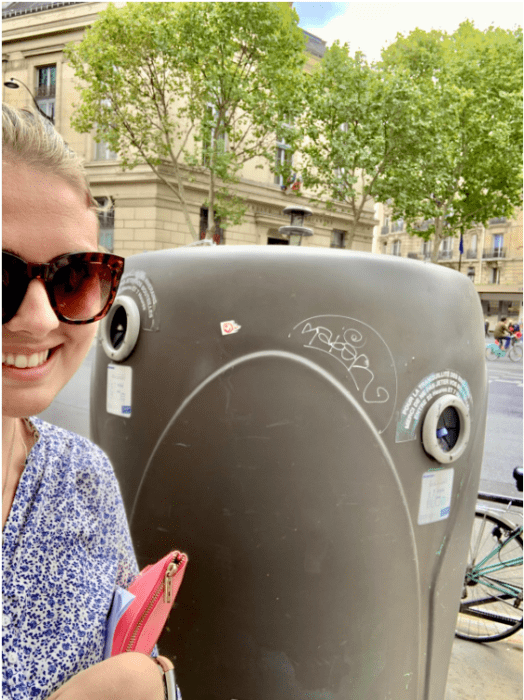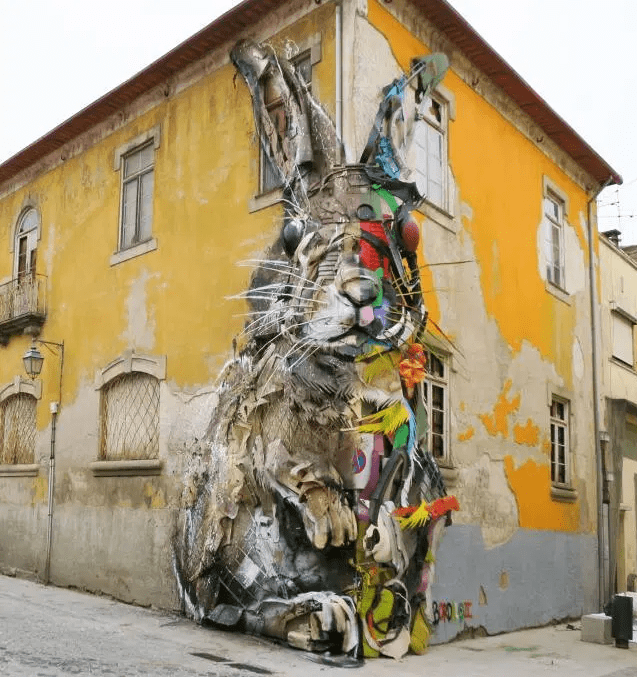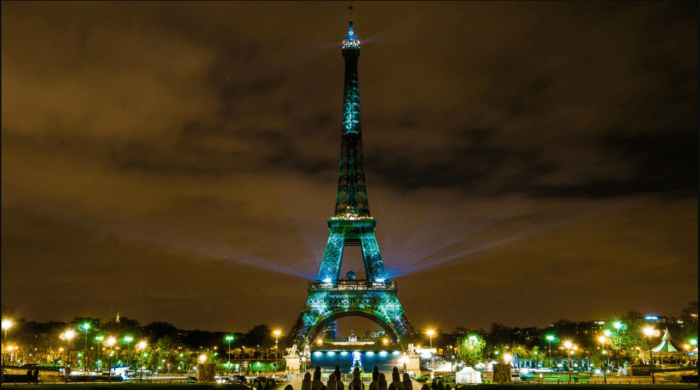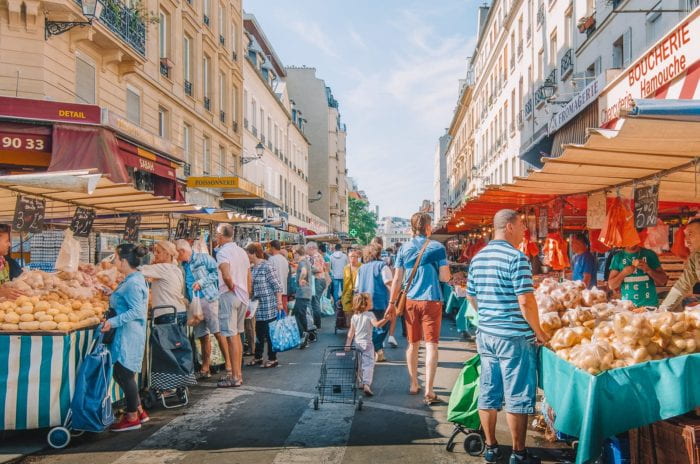Plastic Waste in Paris
Hello again everyone! As the semester has gone on, I moved from my orientation in Biarritz to Paris where I will spend the academic semester. While there are many differences between the small city of Biarritz and the capital city of Paris, one commonality I am struck by is the environmental conscientiousness and culture of resource conservation. As I am living in a homestay, it is interesting to view how this is practiced within the scope of an individual household, as well as in the community and the broader standards that the French government sets forth.
In 2016, world leaders met in Paris and concocted a sweeping plan to combat global warming called the Paris Agreement. The synopsis of the agreement is for the government and provide sector to each provide resources and financial support in order to stop the global average temperature from rising to an unprecedented and unsustainable height. The Paris Agreement was intended to be a platform for all of the participating countries to collaborate and cooperate in recognition of no singular country is capable of solving such an enormous issue on its own. As France was a leader in hosting this event, I was interested in if the sustainability practices and measures in its capital are up to par in regards to food waste.
The average French citizen generates 360 kg of waste each year, which is 28% less than the average American who produces 460 kg of waste (Source). One reason that accounts for this discrepancy is the difference in food purchasing habits in the US and France. There is significantly less packaged food waste due to how Parisians and Americans conduct their grocery shopping. Parisians tend to visit their local street market 2-3 times a week to buy only the food necessary for the next few upcoming meals. Fresh food doesn’t end up going to waste and the only packaging vendors supply are paper bags, though most shoppers bring a reusable shopping bag. While the pantry is certainly not bare in my homestay, the refrigerated food is definitely there for a purpose and is often gone and restocked with new food within a few days.
In the city of Paris, recycling, trash, and compost are separated and collected by municipal services on a basis varying according to the type of waste. In the city, recycling cans are widely prevalent and the homestays my friends are staying in all have recycling bins. While researching this post, I was shocked to learn the recycling system in Paris is a relatively new campaign. I see Parisians recycling in the yellow bins on the streets without a second thought, and I’ve seen many of the large waste stations the city has installed to encourage recycling among city residents who don’t have room in their apartment to sort their waste. This project is funded jointly by the government and private beverage companies such as Coca Cola and Nestle.

Here is a recycling station in the 6th Arrondissement. It’s very easy to spot when you are walking down the street!

On boat tour of the Seine River
The River Seine runs through Paris and famously separates the city into “Le Rive Droite” and “Le Rive Gauche”. Like many, if not all, rivers that run through major cities, the Seine has high levels of pollution and is hardly safe for swimming, let alone drinking. The river is usually swarming with tourists taking rides on “les Bateaux Mouches” and wine and dinner cruises which are popular among tourists and locals alike. In a study presented in 2018, it was found that most of the waste in the Seine comes from land, not further upstream. This waste is primarily food wrappers and plastic cutlery. I was glad to read that single-use plastics will be banned in Paris beginning in 2020.
As a fun note to end on, here are some recent popular measures to promote sustainability in the city.

- In a similar vein to the family constructed of plastic waste in Biarritz, a street artist named Artur Bordalo has created huge plastic animals from plastic waste around the city. His project, entitled Accord de Paris, is named for the Paris Climate Agreement.

- Nespresso is extremely popular in cafés, restaurants, and households. They have a project called Project Metal that incentivizes citizens to dispose of the aluminum pods in recycling bins, not the trash.
- Alice has been highlighting sustainability in the fashion industry in her Beyond the Bubble blog. I was fascinated to learn that Paris hopes to become the sustainable fashion capital of the world by 2024. This past week was Paris Fashion Week and I paid particular attention to articles talking about the environmental impact of the shows.
Thank you for reading along!
Margaret

